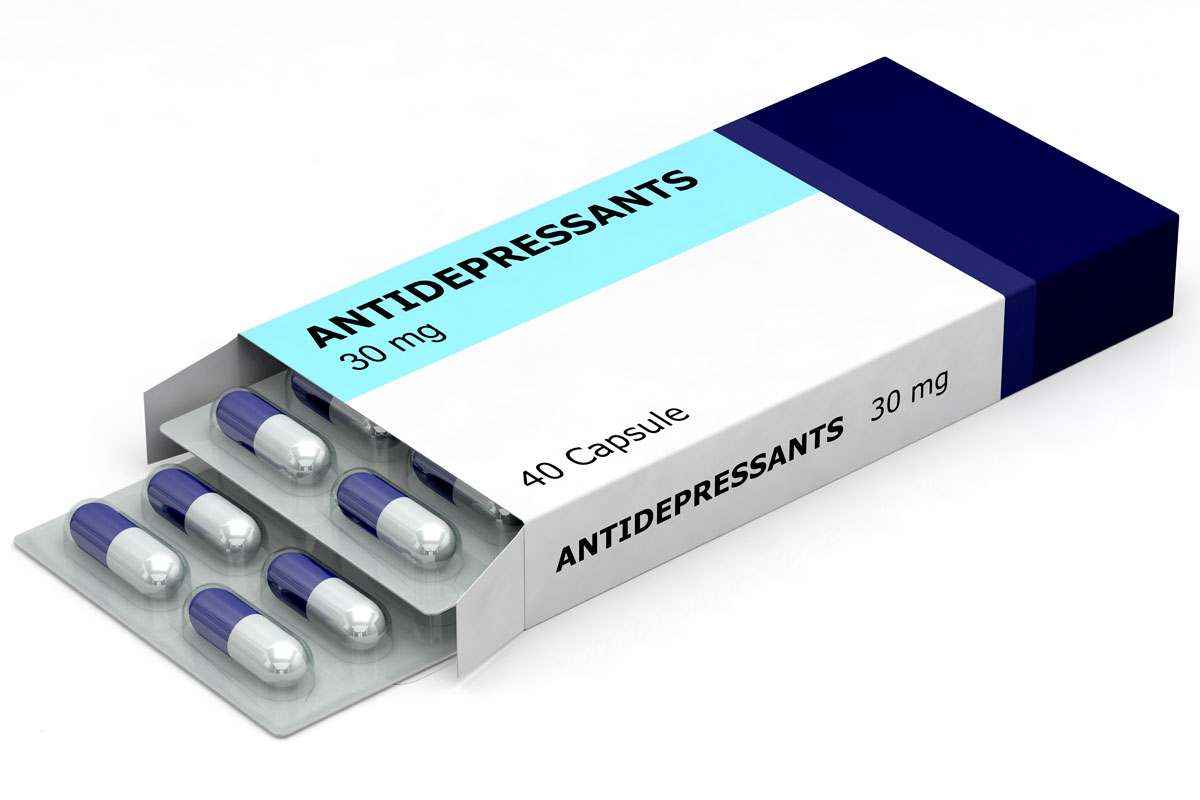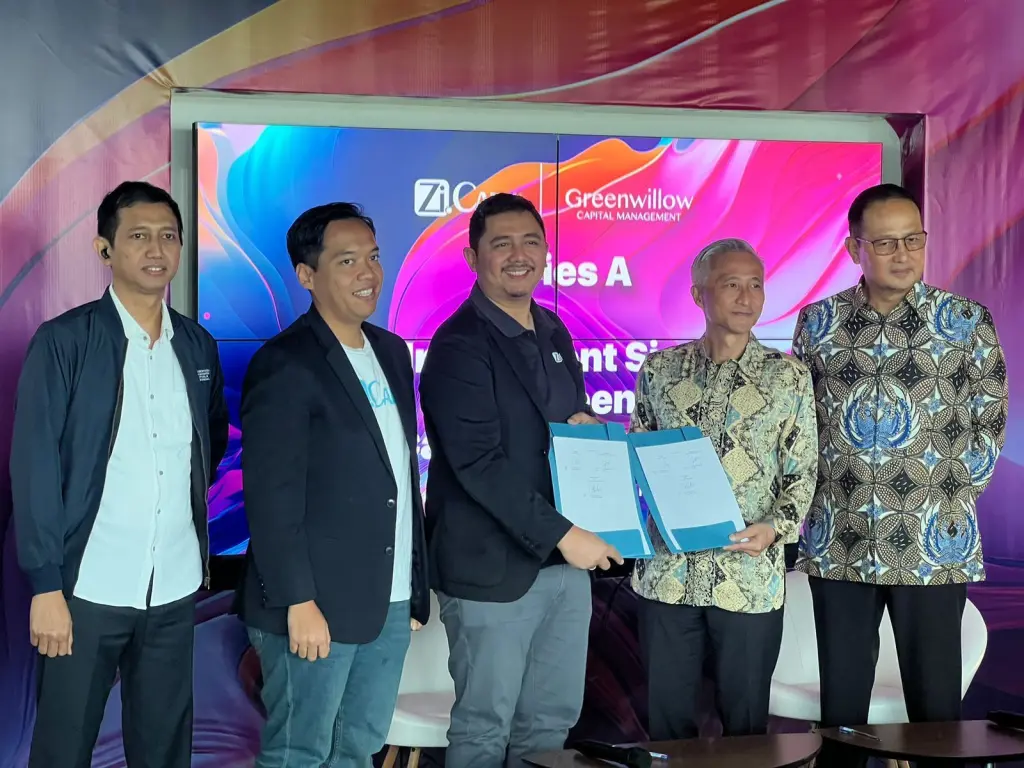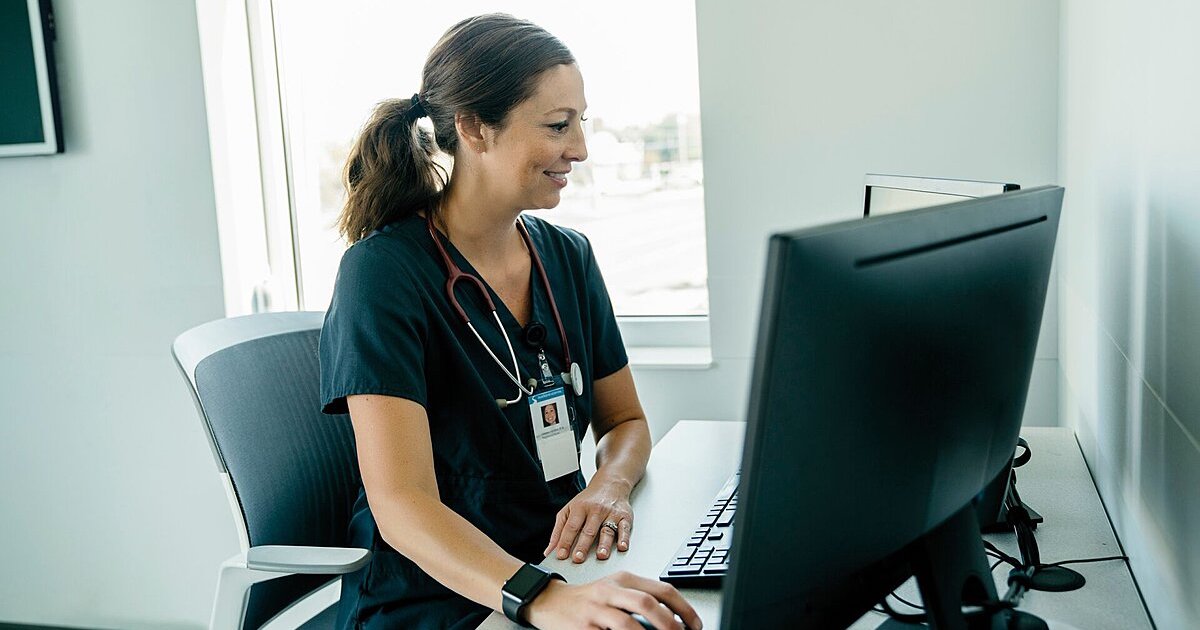To continue the series of videos for 2014, this week’s Video of the Week (VOW) pick is about the change that must evolve when it is common practice that hospitals, clinics and doctor’s offices, digital health devices and services all continue to keep close tabs on their information and silo their data.
Those of you who have been following the trends at healthcare conferences and exhibitions for some time will recognise it is common at one after another conference and exhibition when we see vendors show off systems that work great, but we soon realise that they don’t get along with each other. I think it has become less of a desire to acquire new systems and more of a requirement in the rapidly changing healthcare industry, keeping up with new technologies and innovations.
You would also already been aware that departments within the hospital or health network, digital health devices and services all keep close tabs on their information and have control over a certain subset of data that they’re not into sharing, they just all seem to silo their data.
And for those of you who are familiar with mHealth, surely are all too familiar that mHealth devices continue to over-emphasize the collection of vital signs and real-time transmission to healthcare providers.
Enters Patrick Soon-Shiong, a South African-born surgeon who is pushing for a vision of integrated healthcare through a network of digital, genomic and clinical solutions. He envisions a future healthcare system as an integrated system that connects all the dots which follows a human being through the continuum of life serving a patient throughout his or her life, not just in sickness.
In the accompanying video (click on http://bcove.me/2cwzbmrg to watch the video, which will open in a new tab of your current browser window), watch and listen to Soon-Shiong discoursing among other things the following views:
- healthcare has to break the rule of capturing vital signs at all times and focus more on gathering data and identifying trends;
- likens a health journey much like a long plane trip, during which a true operating system which encompasses clinical decision support, machine learning and “adaptive amplified intelligence” pulls in data from all sources that “integrates pieces of the puzzle” and gives you inputs from the consumer so that the caretaker can plot a course, and adjust that course as things happen and manage outputs;
- that the Electronic Medical Record (EMR) is “basically a flight log” that needs to be tapped for information at times which could be a part of that solution, but not the whole solution;
- he believes that healthcare isn’t being held back by technology as a barrier, rather the real problem is a workflow management problem since technology is not been used properly, and is falling behind other industries like banking and entertainment;
- nobody is taking the trouble of taking each of their siloed pieces and integrating them into a single healthcare system; and
- he concludes that change management as the next challenge while taking advantage of the fear to resist wholesale change in healthcare.
References:
-
Healthcare’s four-letter word? It’s ‘silo’, mHealth News, viewed 28 April 2014, <http://www.mhealthnews.com/news/healthcares-four-letter-word-its-silo?single-page=true>
- Healthcare’s four-letter word? It’s ‘silo’, mHealth News, viewed 28 April 2014, <http://bcove.me/2cwzbmrg>





























